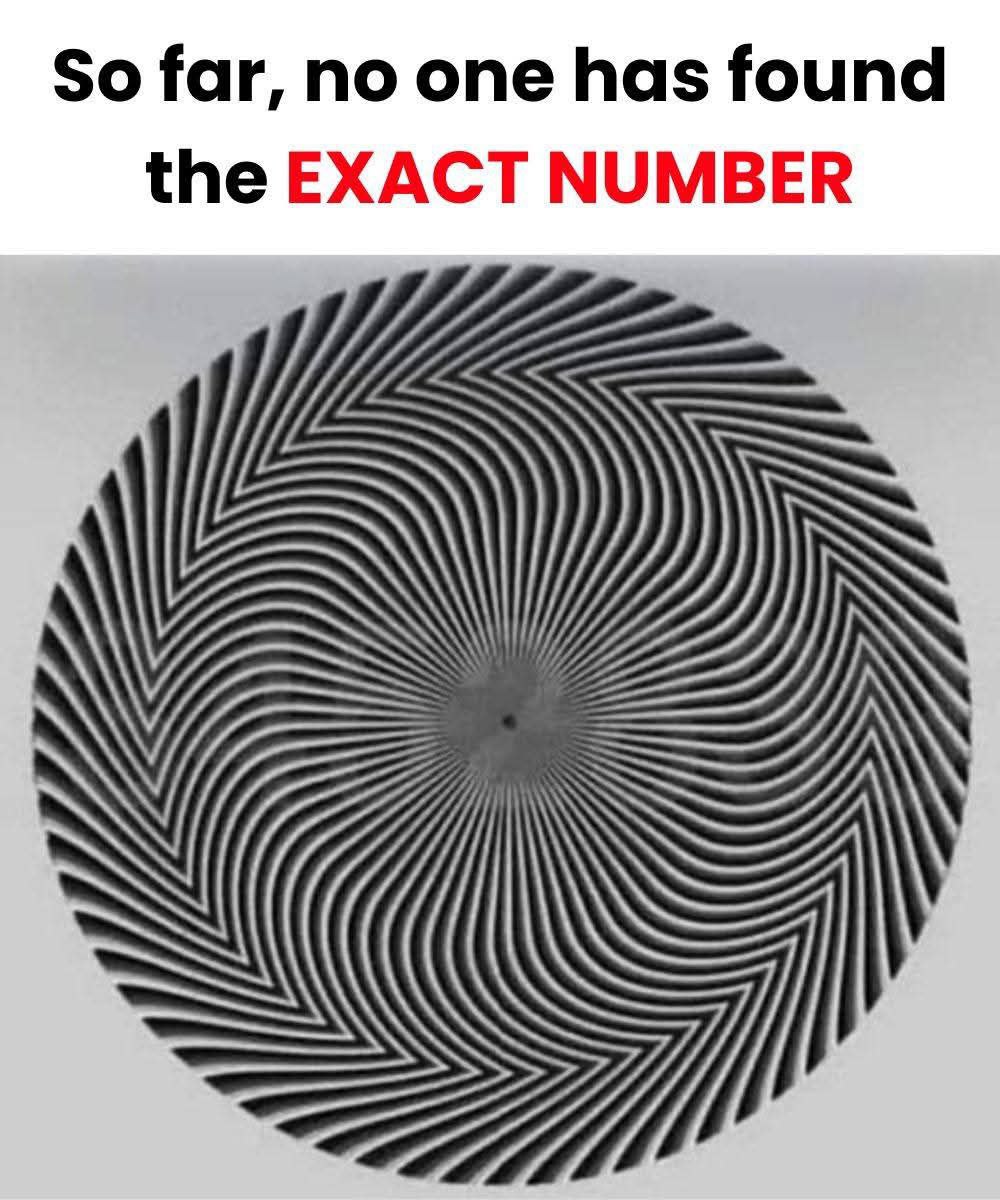🌀 The Psychology Behind Optical Illusions: Why “Crying Circles” Keep Us Guessing
By [Your Name] | September 2025
In a world saturated with visual stimuli, few images captivate the human mind like a well-crafted optical illusion. One such example—often dubbed the “Crying Circles” illusion—features a swirling black-and-white spiral that challenges viewers to count its segments. Despite its simplicity, the image has sparked viral debates and scientific curiosity alike.
🎯 The Illusion of Perception
At the heart of this phenomenon lies a fundamental truth: what we see is not always what exists. Optical illusions exploit the brain’s shortcuts—known as heuristics—that help us interpret complex visual data quickly. In the case of the spiral illusion, overlapping curves and high-contrast lines create a false sense of motion and depth, making it nearly impossible to count the exact number of segments.
Neuroscientists explain that the brain’s visual cortex processes patterns based on prior experience. When faced with ambiguous or repetitive stimuli, it fills in gaps, sometimes inaccurately. This is why two people might give different answers when asked how many swirls they see.

